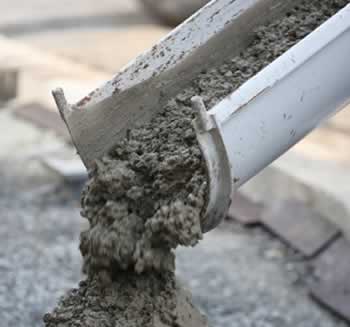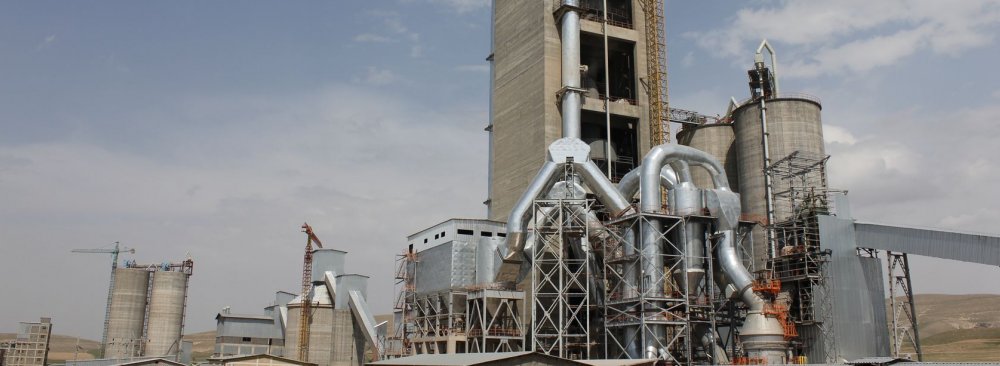
Cement Industry: A Gargantuan Task


Low domestic demand due largely to the feeble construction sector and the loss of key export destinations such as Iraq have caused the industry to suspend capacity expansion, cut production and embark on the gargantuan task of reducing unwanted inventory.
With an output of 58.6 million tons, or 1.58% of global production, Iran was the world’s 7th largest cement producer last year after China (1st), India (2nd), US (3rd), Turkey (4th), Brazil (5th) and Russia (6th). The figure was down 33% compared to 2014 and knocked Iran’s global standing lower by three notches.
Meanwhile, more than 15 million tons of cement and clinker (the main material used in cement production) were exported during the past Iranian year that ended in March 2016, with Iraq accounting for close to 65% of the figure. Exports dropped markedly in April after the Iraqi government imposed a ban on cement imports.
The Ministry of Industries, Mining and Trade has set a target of 60% growth for domestic cement output over the next decade to reach 120 million tons. Exports are to rise 68% to reach 32 million tons.
To help manufacturers deal with the market slowdown, the government initiated fresh talks with Iraq. It also allocated $285 million in transportation subsidies for exporters. In another move to help cement companies, the government has called for replacement of bitumen with cement in major road construction projects.
Currently there is more than 16 million tons of cement in excess of demand in warehouses across the country.
The root cause of the industry’s woes appear to be more internal and less to do with external factors, according to a presentation made by Keyvan Jafari-Tehrani, the head of international affairs of Iran Economy House, and the Iranian Iron Ore Producers and Exporters Association during the 3rd International Cement Exhibition. The exposition was held August 24-27 in Shiraz, Fars Province. The text of Tehrani’s presentation was published in social media in a communiqué and seen by Financial Tribune.
The first internal problem is the poor quality of some companies, according to Tehrani. In late 2015, at the peak of Iran’s exports to Iraq, the Iraqi government slapped a $20 per-ton import tariff on Iranian cement, citing poor quality as well as dumping by Iranian companies.
He also criticized the exporters’ lack of proper understanding about international standards and practices, namely compliance with strict delivery timetables and reimbursing the buyer in case of delivering low quality. He urged cement manufactures (as well as other mineral producers) to unify under the branding of PMP, or Persian Mining Product. This, Tehrani said, would guarantee the product quality and prevent minerals of other origins from being sold as Iranian.


Trump weighs using $2 billion in CHIPS Act funding for critical minerals

Codelco cuts 2025 copper forecast after El Teniente mine collapse

Electra converts debt, launches $30M raise to jumpstart stalled cobalt refinery

Barrick’s Reko Diq in line for $410M ADB backing

Abcourt readies Sleeping Giant mill to pour first gold since 2014

Nevada army depot to serve as base for first US strategic minerals stockpile

SQM boosts lithium supply plans as prices flick higher

Viridis unveils 200Mt initial reserve for Brazil rare earth project

Tailings could meet much of US critical mineral demand – study

Kyrgyzstan kicks off underground gold mining at Kumtor

Kyrgyzstan kicks off underground gold mining at Kumtor

KoBold Metals granted lithium exploration rights in Congo

Freeport Indonesia to wrap up Gresik plant repairs by early September

Energy Fuels soars on Vulcan Elements partnership

Northern Dynasty sticks to proposal in battle to lift Pebble mine veto

Giustra-backed mining firm teams up with informal miners in Colombia

Critical Metals signs agreement to supply rare earth to US government-funded facility

China extends rare earth controls to imported material

Galan Lithium proceeds with $13M financing for Argentina project

Kyrgyzstan kicks off underground gold mining at Kumtor

Freeport Indonesia to wrap up Gresik plant repairs by early September

Energy Fuels soars on Vulcan Elements partnership

Northern Dynasty sticks to proposal in battle to lift Pebble mine veto

Giustra-backed mining firm teams up with informal miners in Colombia

Critical Metals signs agreement to supply rare earth to US government-funded facility

China extends rare earth controls to imported material

Galan Lithium proceeds with $13M financing for Argentina project

Silver price touches $39 as market weighs rate cut outlook

















